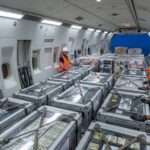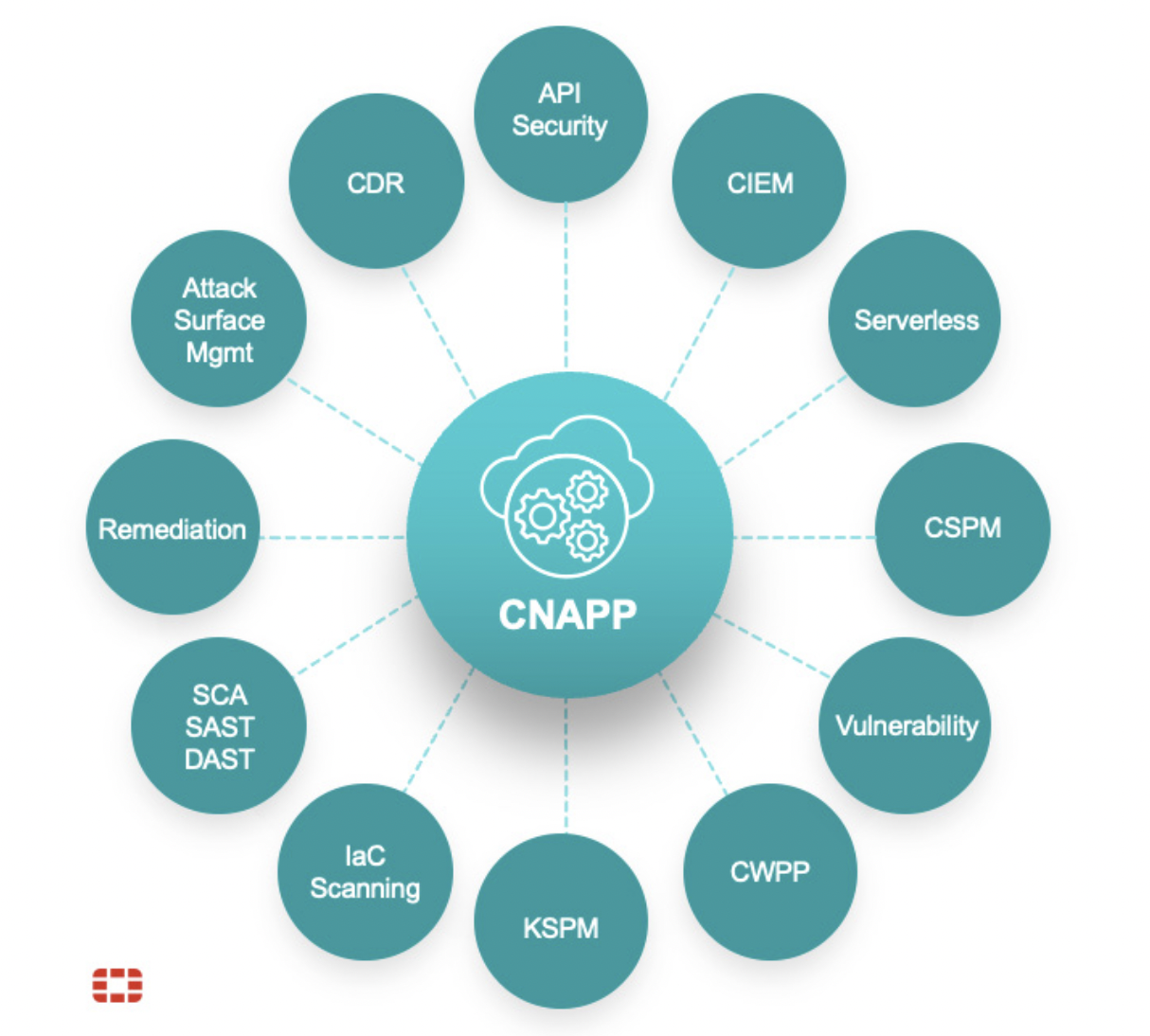In recent years, train derailment drama have captured public attention more frequently, highlighting the complexities and challenges within the railway industry. These incidents, often dramatic and sometimes tragic, underscore the importance of safety, maintenance, and modernization in rail transport. This article explores the causes, consequences, and potential solutions to the growing issue of derailment drama.
Causes of Train Derailments
One of the primary causes of derailments is track-related problems. These include track defects, such as cracks, wear and tear, and misalignments, which can lead to accidents. Improper maintenance exacerbates the risk of track failures, and environmental factors like extreme weather conditions can damage tracks.
Mechanical issues within the train itself can also lead to derailments. Worn-out or damaged wheels can cause instability, malfunctioning brakes can prevent a train from stopping in time to avoid an accident, and engine failures can lead to sudden stops or loss of control.
Human factors play a significant role in train safety. Mistakes made by train operators, such as speeding or miscommunication, can cause derailments, and negligence, such as failure to follow safety protocols or conduct thorough inspections, can lead to accidents.
External factors, often unpredictable, can also contribute to derailments. Objects left on tracks, such as vehicles or debris, can cause a train to derail, and intentional sabotage by individuals can lead to serious accidents.
Consequences of Train Derailments
The most tragic consequence of derailments is the loss of human life. Injuries and fatalities among passengers, crew members, and even nearby residents highlight the severe impact of these incidents.
Derailments can lead to significant environmental harm, especially if the train is carrying hazardous materials. Spills of chemicals, fuel, or other dangerous substances can contaminate soil and water sources.
The economic repercussions of derailments are substantial. Repairing damaged tracks and trains requires significant financial resources. Derailments cause delays and interruptions in service, affecting commerce and daily commutes. Rail companies may also face lawsuits and compensation claims from victims and their families.
Frequent derailments erode public trust in the safety and reliability of rail transport. This can lead to reduced ridership and increased pressure on rail companies to improve their systems.
Solutions to Prevent Derailments
Regular and thorough maintenance of tracks and trains is crucial. Advanced technologies, such as automated track inspection systems, can help identify and address issues before they lead to accidents.
Investing in modern infrastructure is essential for preventing derailments. Upgrading outdated tracks with modern materials can improve safety, and implementing sophisticated signaling systems can enhance communication and reduce human error.
Improving the training and education of railway staff is vital. Ensuring that train operators receive comprehensive training can reduce the risk of human error, and regular safety drills and simulations can prepare staff for emergency situations.
Leveraging technology can significantly enhance railway safety. Utilizing sensors and IoT devices to monitor train and track conditions in real-time can provide early warnings of potential issues, and employing AI and machine learning to predict and prevent equipment failures can reduce the likelihood of derailments.
Government regulations and oversight play a crucial role in railway safety. Implementing and enforcing stricter safety standards can compel rail companies to prioritize safety, and conducting regular audits and inspections can ensure compliance with safety regulations.
Conclusion
The drama surrounding train derailments is a complex issue with multifaceted causes and severe consequences. However, by addressing the root causes and implementing comprehensive solutions, it is possible to mitigate the risks and enhance the safety of rail transport. Collaboration between railway companies, government agencies, and technological innovators is key to achieving a safer and more reliable railway system for the future.











